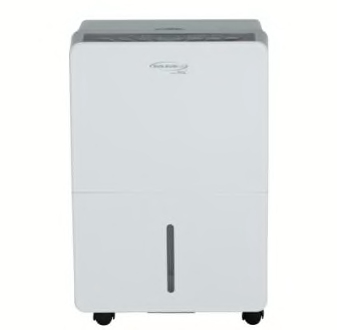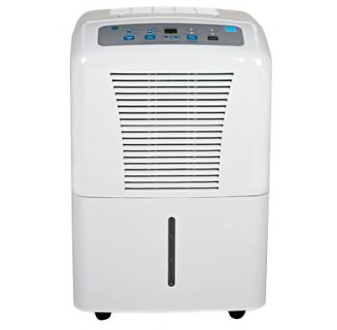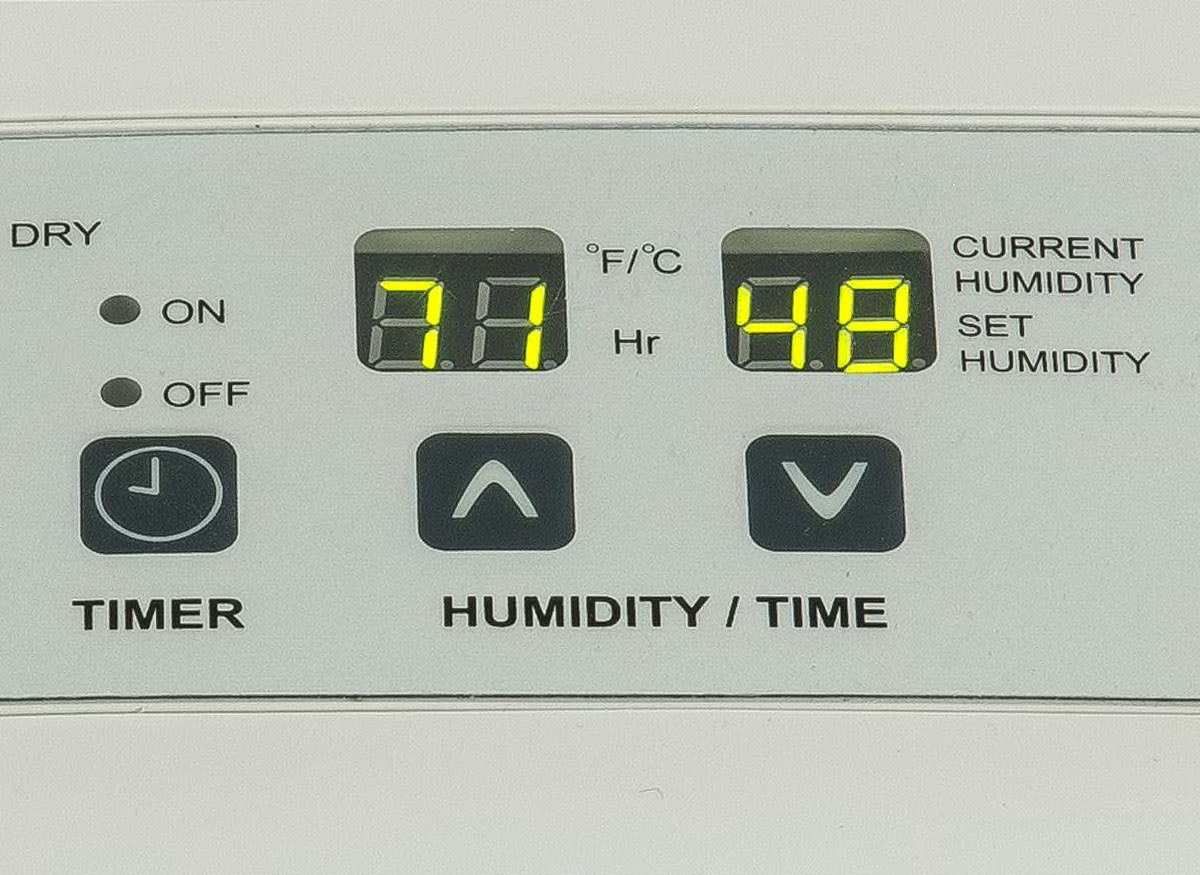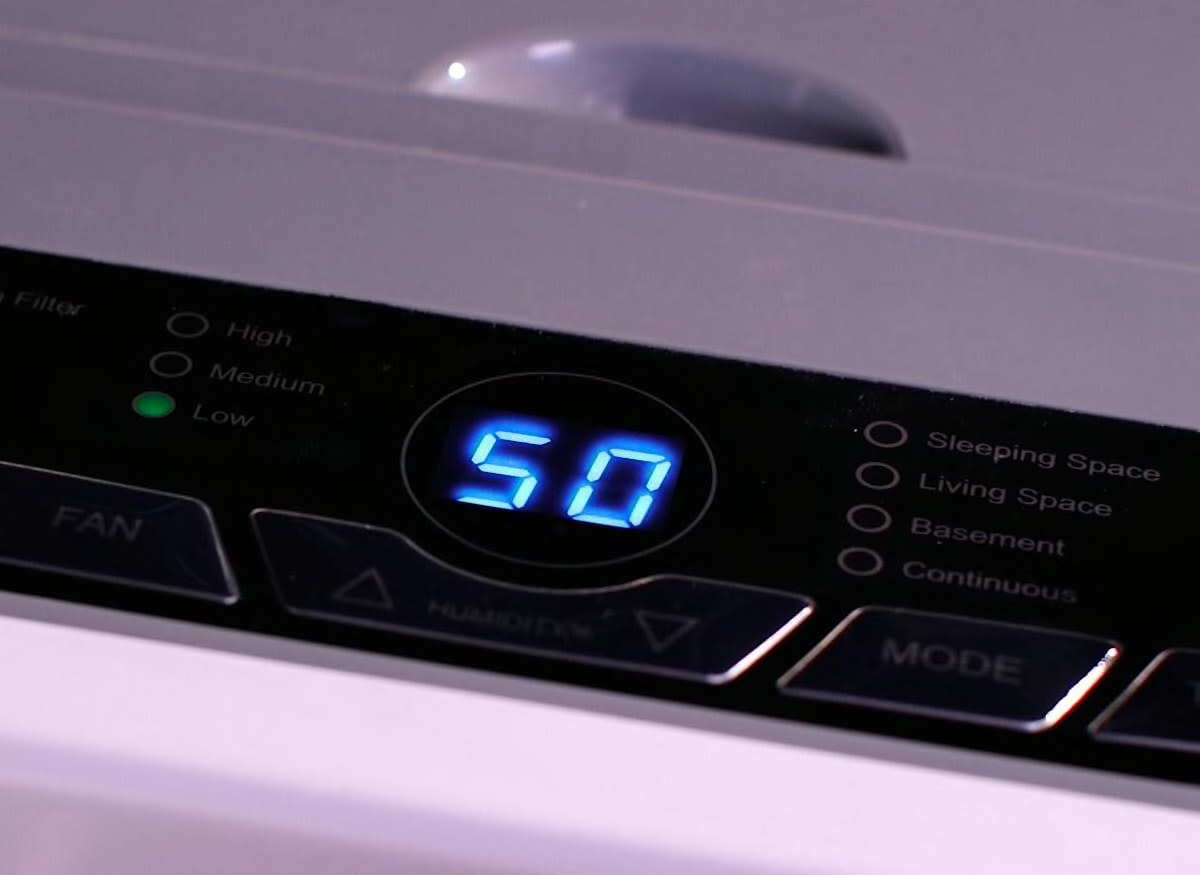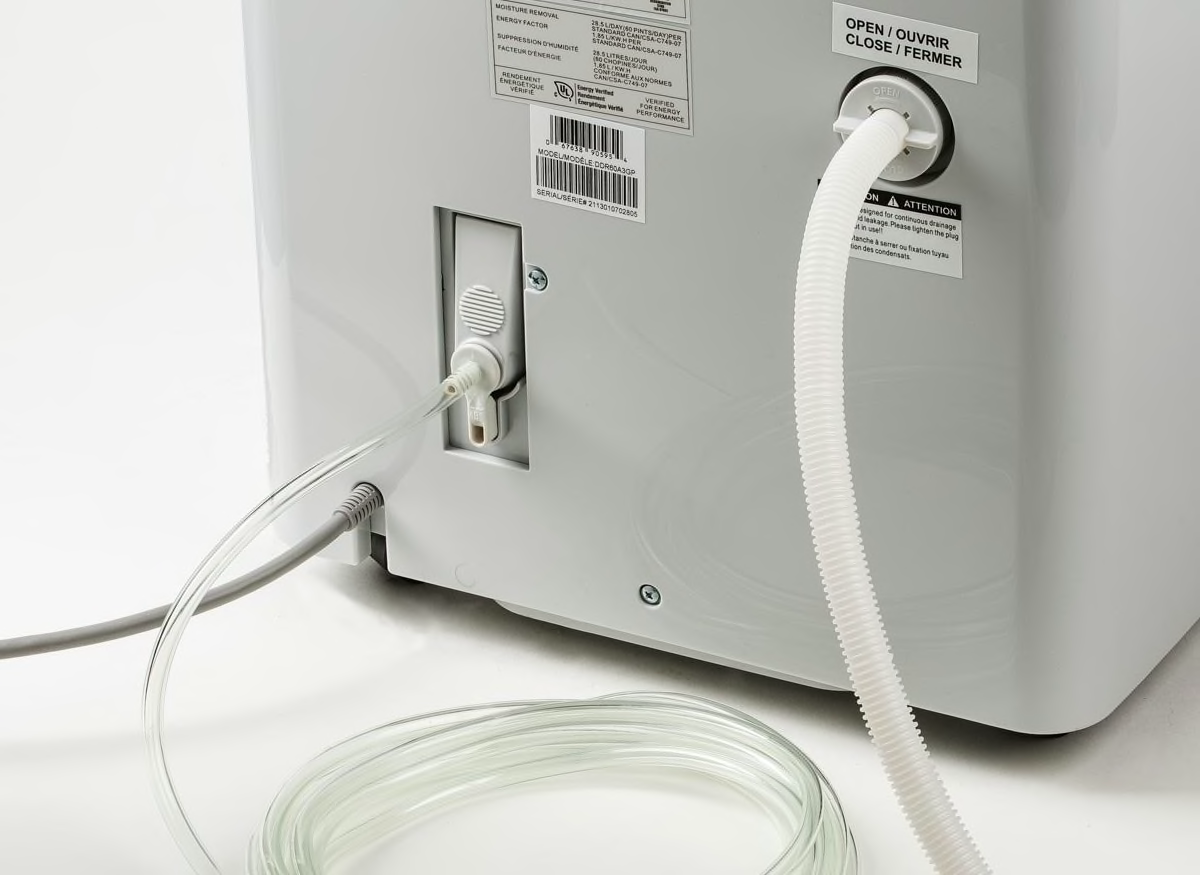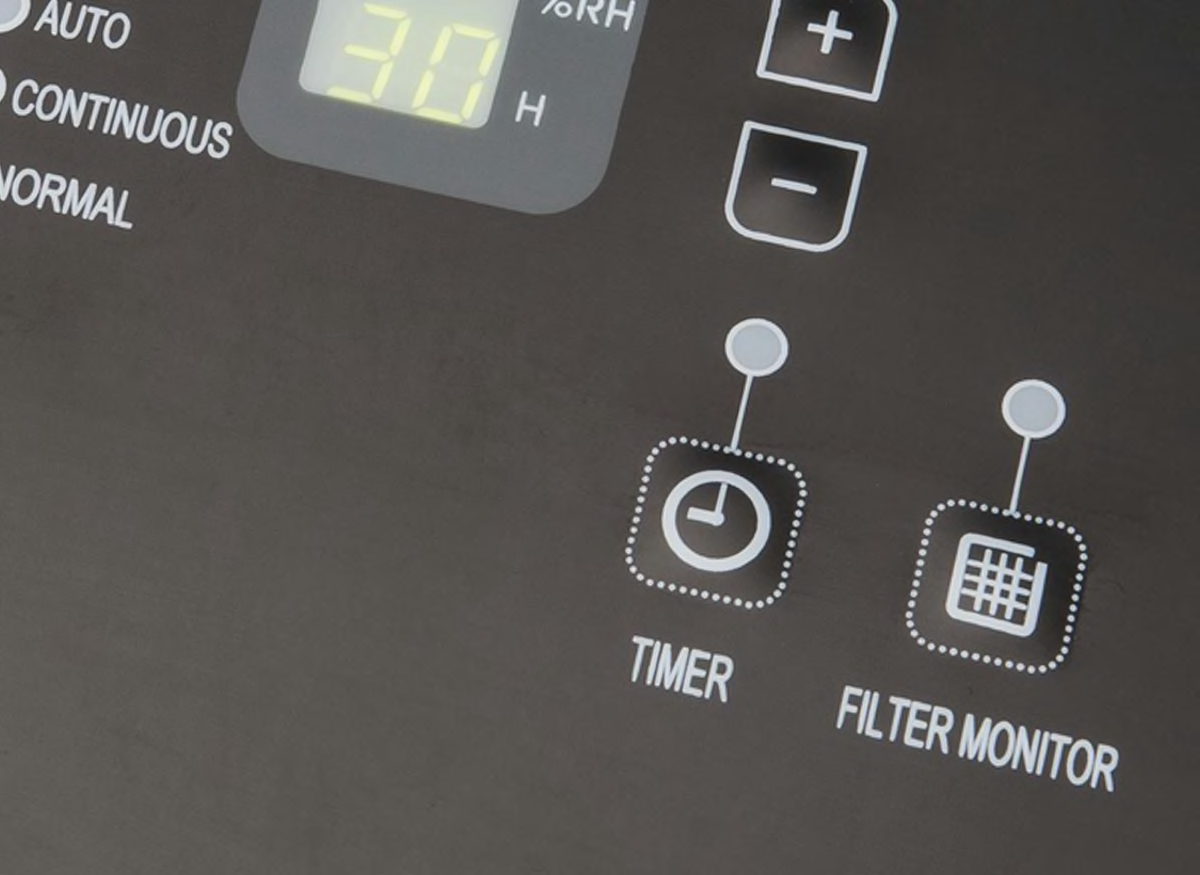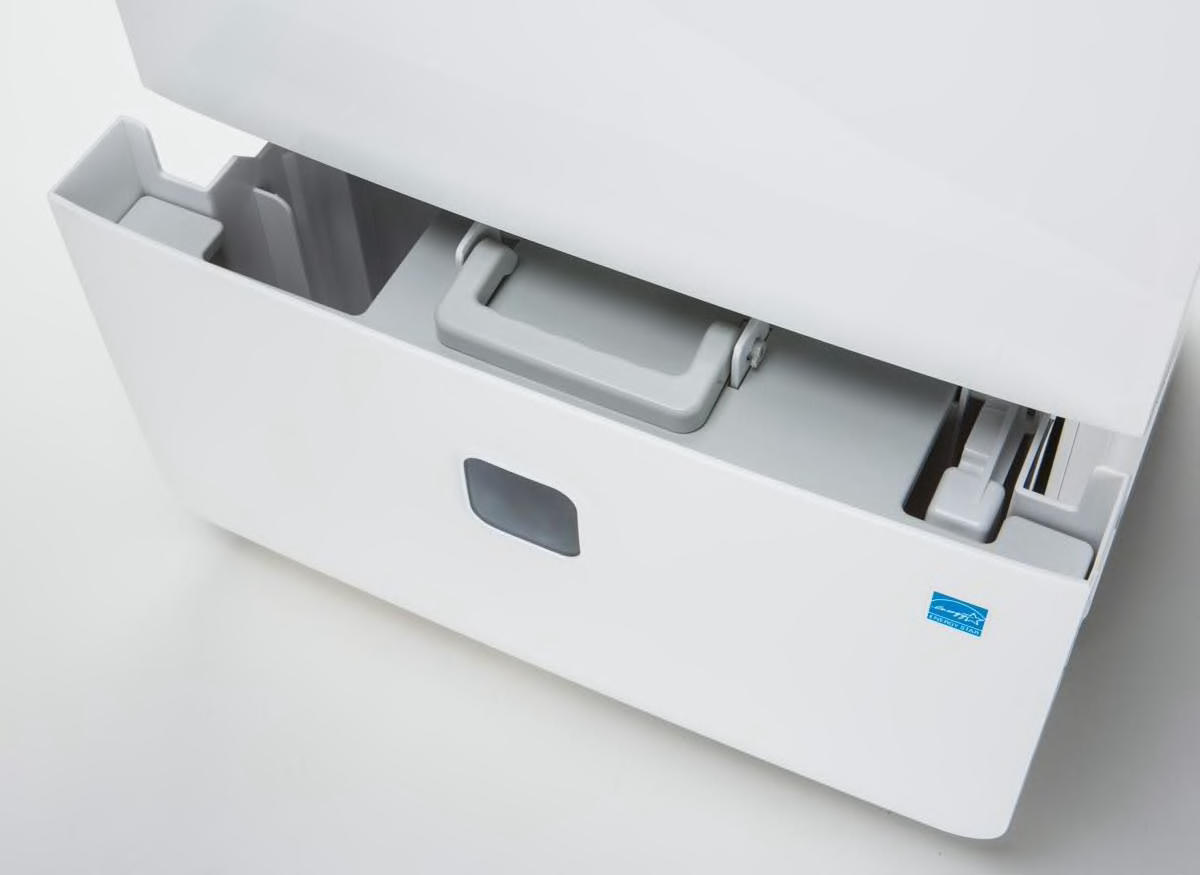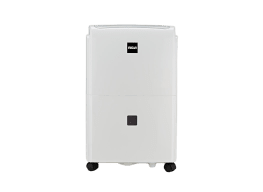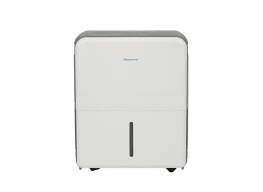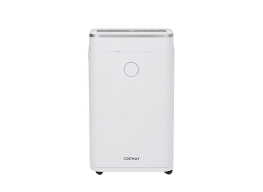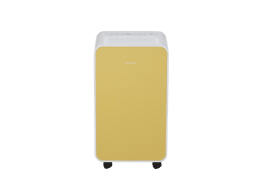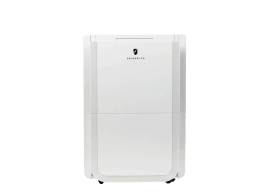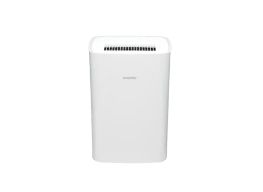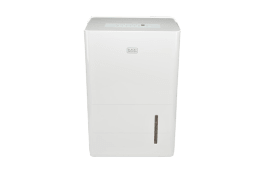How Does a Dehumidifier Work?
Dehumidifiers help guard against mold and mildew—two types of fungus that can pose health risks, especially to people with sensitivities—by removing moisture from the air. They use a fan to move air in the room over refrigerated coils, collecting moisture in a tank. Some models are more effective than others, so pay attention to the water removal test results in our ratings.
How Do You Clean a Dehumidifier?
A dehumidifier that’s not thoroughly cleaned can breed mold spores harmful to people with allergies. To prevent the growth of mold and other contaminants, CR recommends doing a deep cleaning and sanitizing of the emptied tank at least once a week. Filters should also be washed and dried regularly according to the manual’s advice to maintain efficiency. (Many models in our ratings have an indicator light that tells you when it’s time to clean the filter.) When a dehumidifier is in a dusty area, the filter needs to be cleaned more frequently, Kollontai says.
Do Dehumidifiers Cool the Air?
While a dehumidifier can make a space feel less muggy by removing moisture from the air, it doesn’t actually cool a room. In fact, it sometimes has the opposite effect—producing heat, which, in an isolated space, can raise the room temperature a bit. That said, any increase is likely marginal, to the point where the room may feel cooler and more comfortable because it’s less humid.
Should You Keep a Dehumidifier Running All the Time?
Worried that keeping your dehumidifier running will spike your energy bill? Don’t be. Most dehumidifiers use only 300 to 700 watts of electricity, depending on the capacity. That’s about the same energy consumption as a typical refrigerator, according to EnergySage, a website that helps consumers shop for renewable energy solutions. And there’s another reason it’s okay to keep a dehumidifier running: “It should respond to the humidity levels dropping, and kick back on when the levels climb again,” Kollontai says. Pro tip: “If you notice that the unit doesn’t seem to ever shut down, your dehumidifier’s capacity is likely too low for the space you’re trying to dehumidify.”
Can You Drink Dehumidifier Water?
Believe it or not, many people ask this question. The answer: Drinking dehumidifier water is a hard no, according to a Stanford magazine article. And before you start getting any ideas, know that dehumidifier water can’t be sterilized through boiling. Bottom line: Stick to drinking bottled water or tap water that’s not high in PFAS chemicals.

















